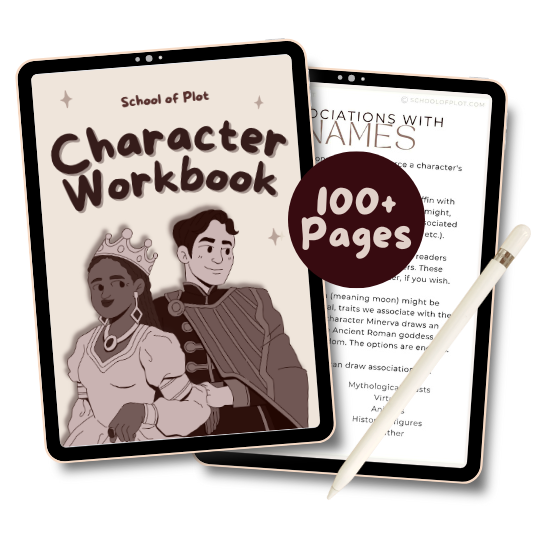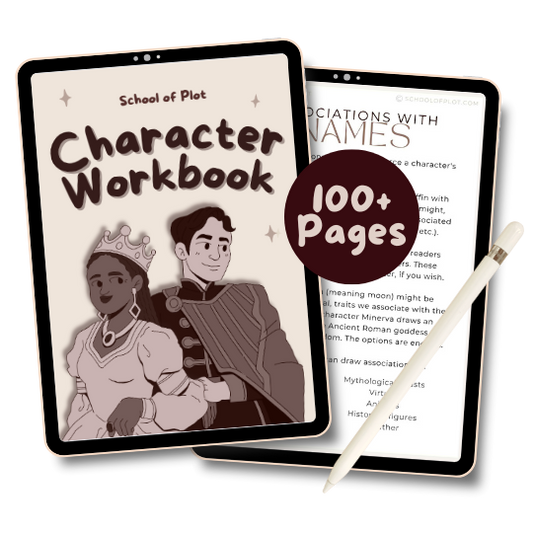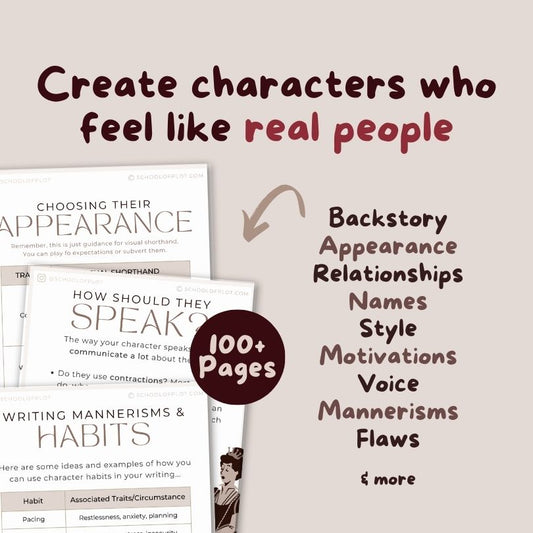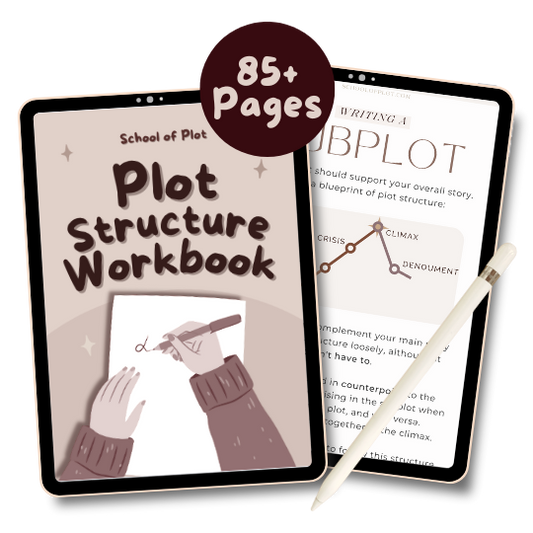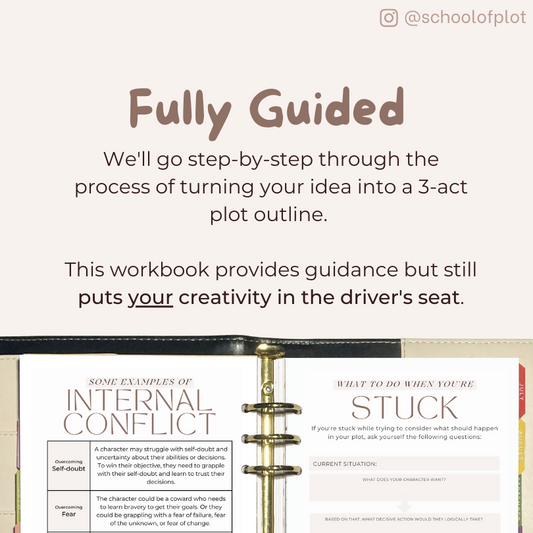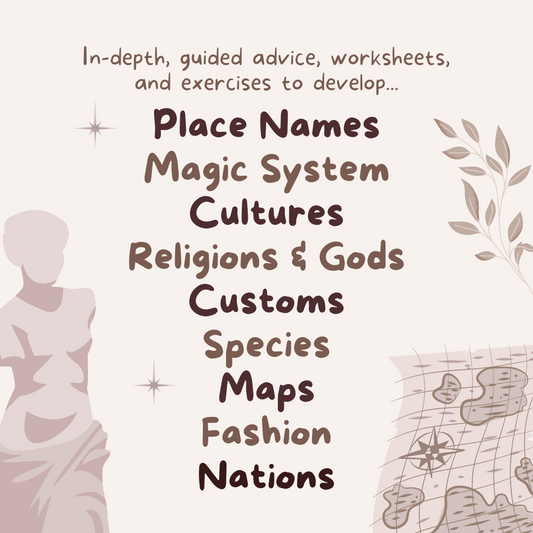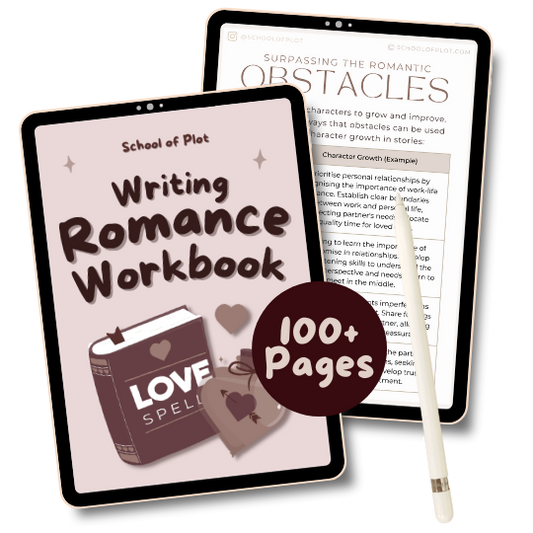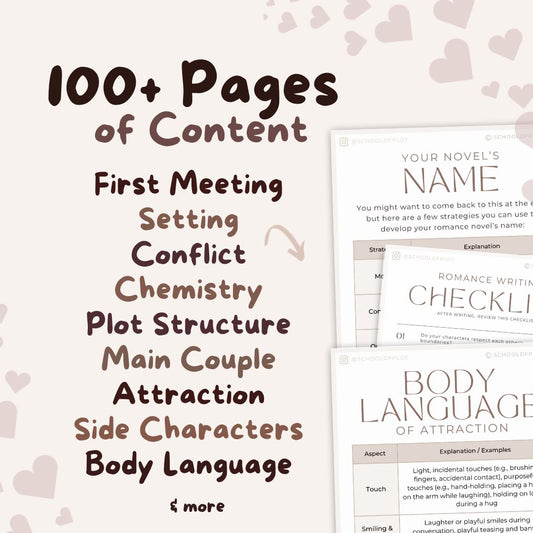What is a prologue?
A prologue serves as an introduction to the story, setting the stage for what's to come, and can be an excellent way to engage readers from the outset.
Your prologue can:
- Provides background info/context
- Sets the tone for the story
- And/or gives a glimpse into the story's world.
For example, prologues may include historical or cultural context, or an opening scene that establishes the theme and mood of the work, or a vignette of an event that happened long before the story started.
You don't need a prologue, but if you choose to include one please enjoy these tips!
How do I write a prologue?
Don't overextend yourself
Instead of trying to cram way too much content into your prologue, consider focusing on a single moment that sets the tone for the story.
For example, this could be:
- A key event
- An important decision
- An exciting encounter
- A crucial moment in the character's backstory
Write with intention
People can have very short attention spans, so you want to get them hooked early. Before you start writing your prologue, determine what its purpose is to avoid wasting words on boring or superfluous information.
For example, your purpose could be:
- Introducing key characters/events
- Setting the atmosphere of your world
- Setting up the conflict of your story
Consider the story's tone
Your prologue gives you a good opportunity to establish your story's tone and atmosphere. For example, if you're writing a dark, gritty book, a goofy prologue might feel jarring.
Consider what type of story you're trying to tell, and ask yourself whether your prologue complements or contrasts that. There are no wrong choices as long as it's done with intention!
Keep it relevant
Your prologue should be relevant to the main story. Overall, it should add value to the reader's experience.
Make sure your prologue isn't a throwaway section. Ask yourself whether your prologue provides insight, sets the tone, or adds depth.
Avoid dumping exposition
If you want to deliver a lot of information in your prologue, be sure to do it in a way that's natural and engaging. Try not to just dump a bunch of information like a textbook.
Huge slabs of history and context can be off-putting and boring. If you want to deliver information, be sure to do it in a creative and interesting way.
